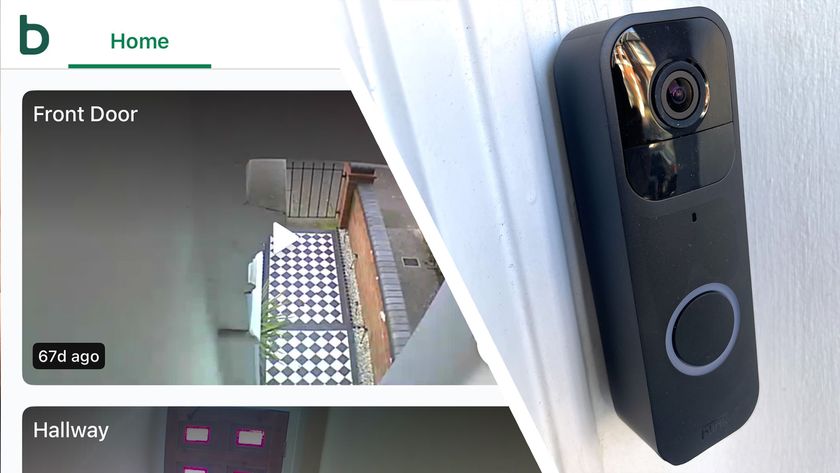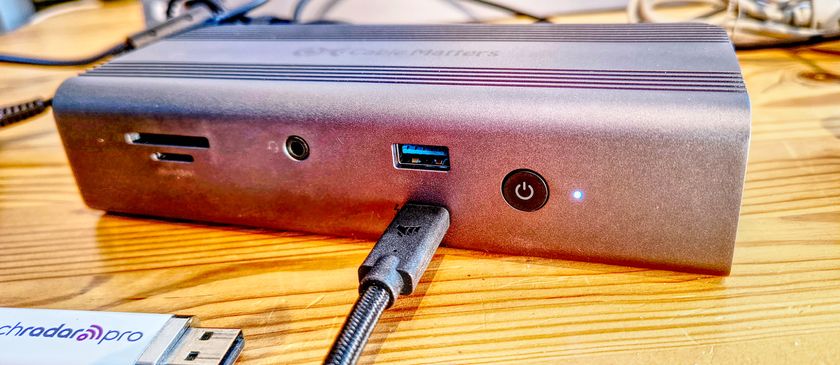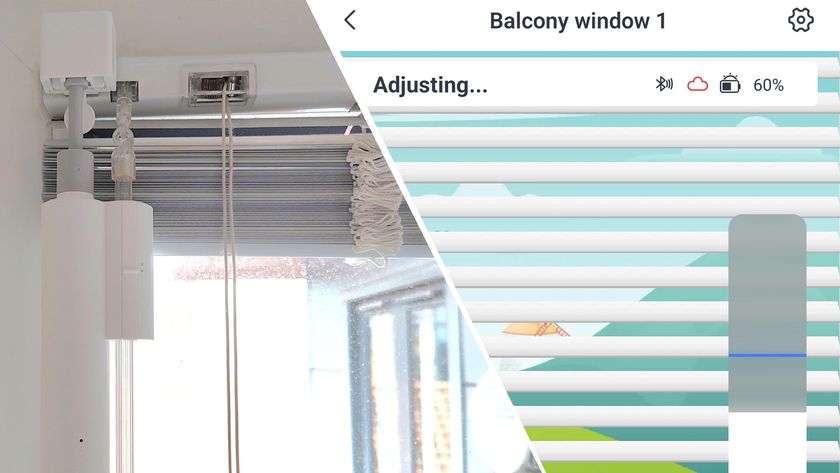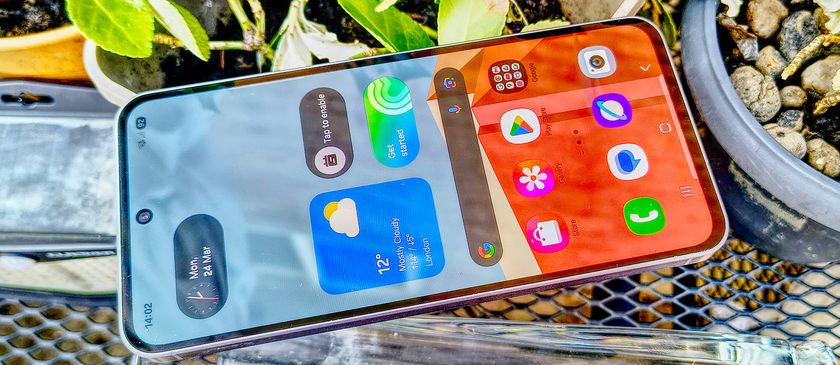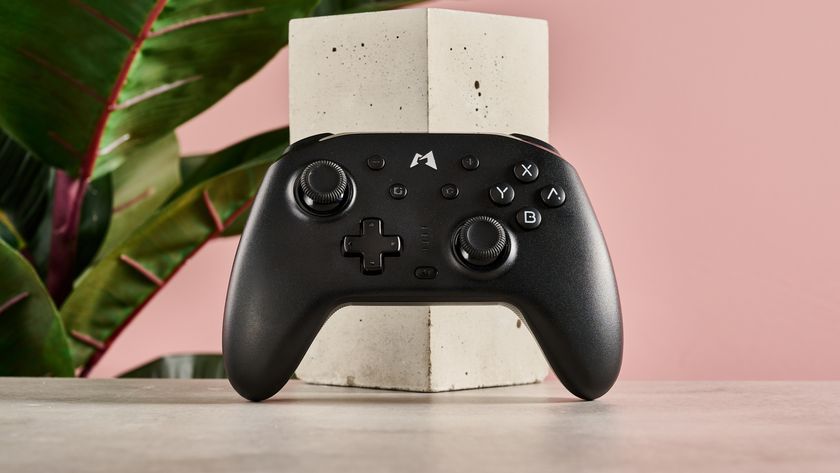Why you can trust TechRadar
Maps
The Moto G comes equipped with Google Maps, which has been heavily documented many times before so I'll keep this brief.
I tend to find that low-end handsets struggle with the power hungry Maps app, with sluggish load times and fragmented user experience - things are different on the Moto G though.

Maps loaded almost instantly, even over 3G, and the Moto G was usually able to pinpoint my location in under a second.
Zooming and panning around the map is smooth, while the ability to plan routes and start up the free turn by turn navigation makes the Moto G one of the most affordable sat navs on the market.
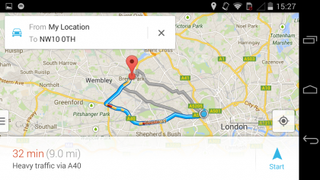
You do need a data connection for navigation to work though, so if you're planning some rural routes it may not be able to direct you if signal drops.
Apps
Apart from the stock Google applications Motorola has added very little in terms of additional pre-installs, which isn't a bad thing as the swath of bloatware you get on some smartphones (I'm looking at you Samsung) can be overbearing.
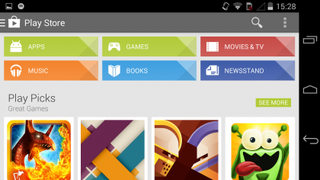
You can quickly build up a decent app collection on your Moto G thanks to the well stocked Google Play store which offers up a huge range of free and paid-for apps and games as well as movies, music, books and magazines.
There are a handful of Motorola's own apps on the Moto G, the first of which being Assist. With Assist you can automatically have the Moto G switch itself to silent between certain hours at night so your sleep is not disturbed.
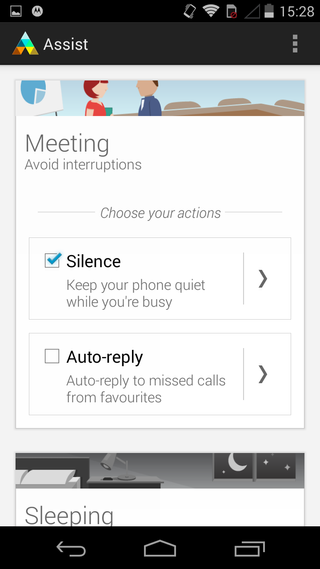
Motorola Assist can also go through your calendar appointments and automatically mute itself when you're in meetings - perfect if you have a really embarrassing ringtone.
You can select predetermined exceptions, so if someone was to ring you twice with five minutes Assist would allow your Moto G to ring, as the call could well be something very important - or your friend could just be very drunk and feels compelled to tell you that they love you at 4am.
While Assist is a nice idea it is rather limited, as Meeting and Sleeping are the only two options, with each offering a limited number of customisable options.
I'd have liked to see an option to create your own scenarios and a wealth of exceptions and rules that could be applied - for example a location tracker which knows when you've got to work so automatically turns the Moto G to vibrate and turns on Wi-Fi.
Motorola Migrate is the next app in the line up, which aims to make it really easy for you to transfer content from your old phone to your shiny new Moto G.

You'll need to download the Motorola Migrate app on your old Android handset too, and there's currently no support here for Windows Phone 8, BlackBerry 10 (or BB OS7) or iOS 7.
In terms of what Migrate can pull across from your old phone it'll take care of text messages, call history, SIM contacts, media, volume settings and screen brightness.
Sure it's a nifty little app and the easy to follow wizard will mean even rookie Android users will be able to follow it - it's just a shame about the limited platform support.
Finally there's the Moto Care app, giving you a troubleshooting port of call if your Moto G isn't behaving itself, or you can't work out how to do something.
You can search the various help topics, tutorials and FAQs to find your answer, but if that doesn't help there's also the option to start a live chat with a support representative - plus there's an option to call someone too.

TechRadar's former Global Managing Editor, John has been a technology journalist for more than a decade, and over the years has built up a vast knowledge of the tech industry. He’s interviewed CEOs from some of the world’s biggest tech firms, visited their HQs, and appeared on live TV and radio, including Sky News, BBC News, BBC World News, Al Jazeera, LBC, and BBC Radio 4.
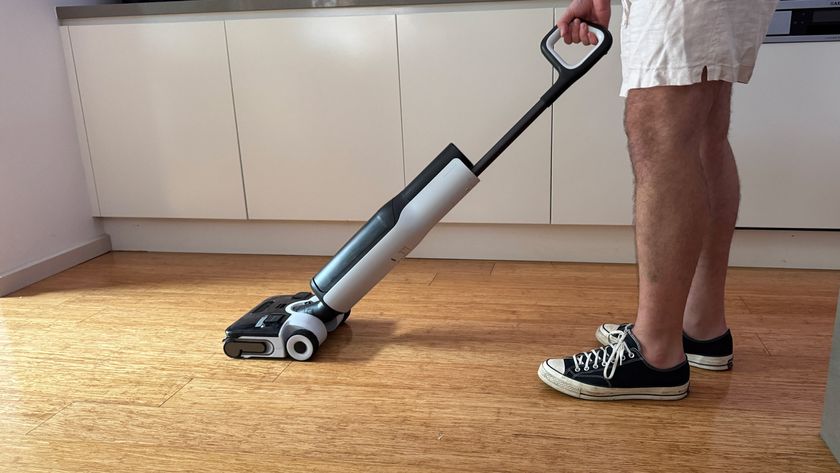
I usually hate cleaning, but the Roborock F25 Ace wet-dry vacuum made it kind of satisfying
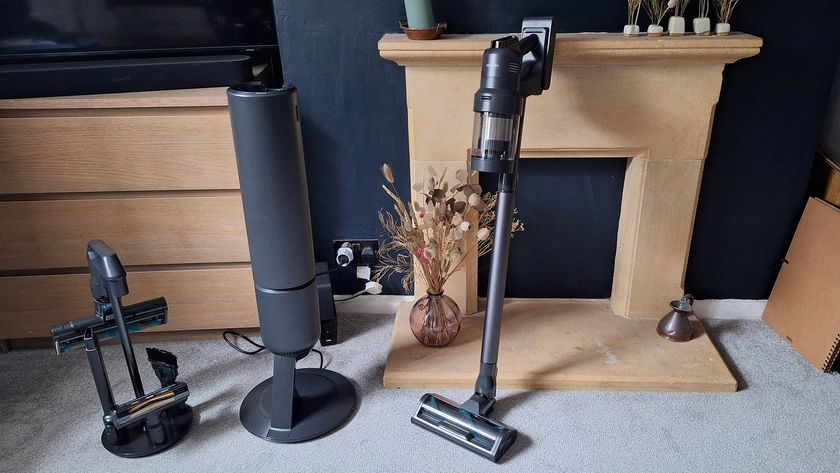
Testing Samsung's new AI-powered vacuum taught me that I don't really need my vac to be know the difference between every single surface
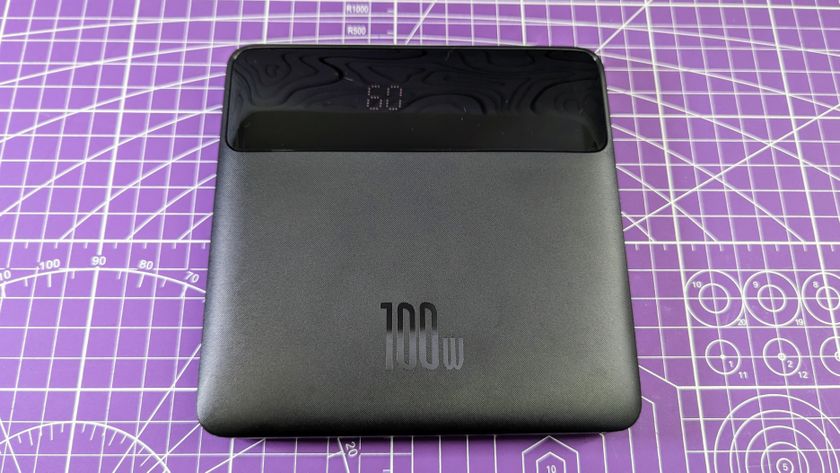
I’ve used a lot of power banks, but the Baseus Blade Pro is the only one slim enough for my laptop sleeve

